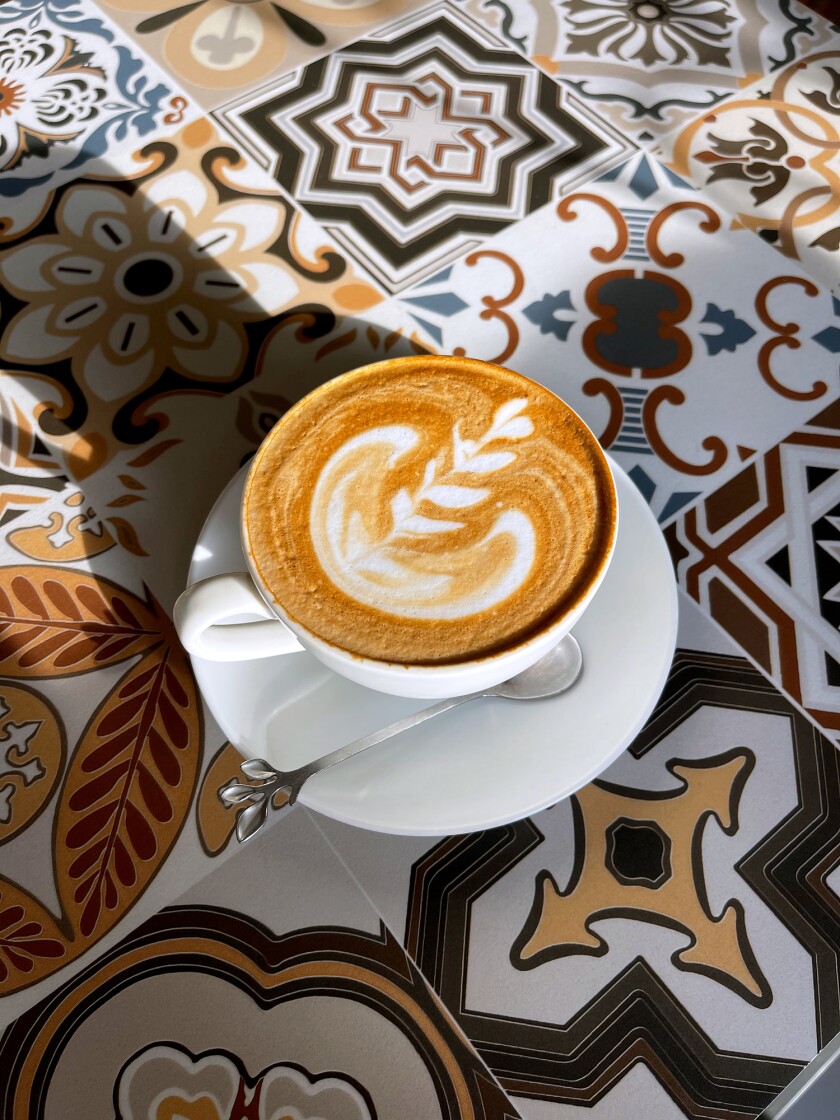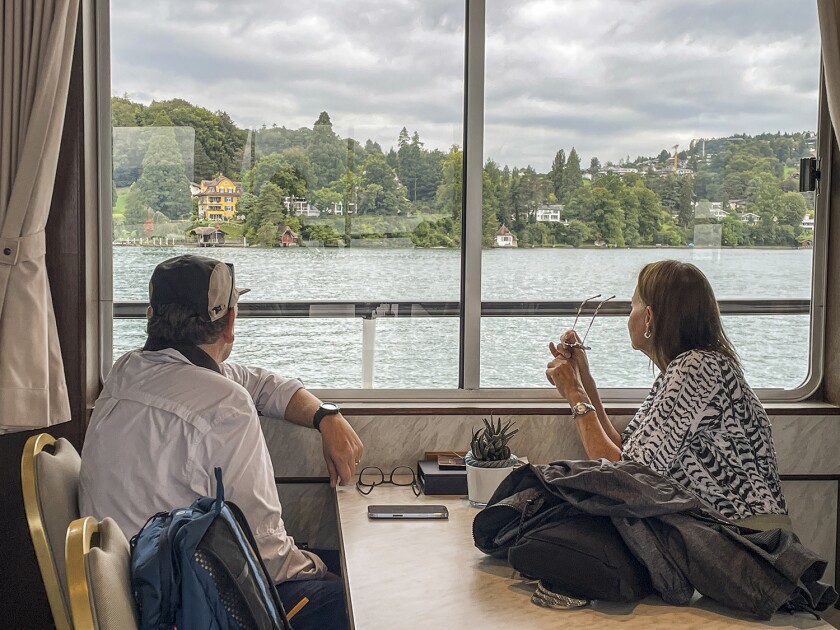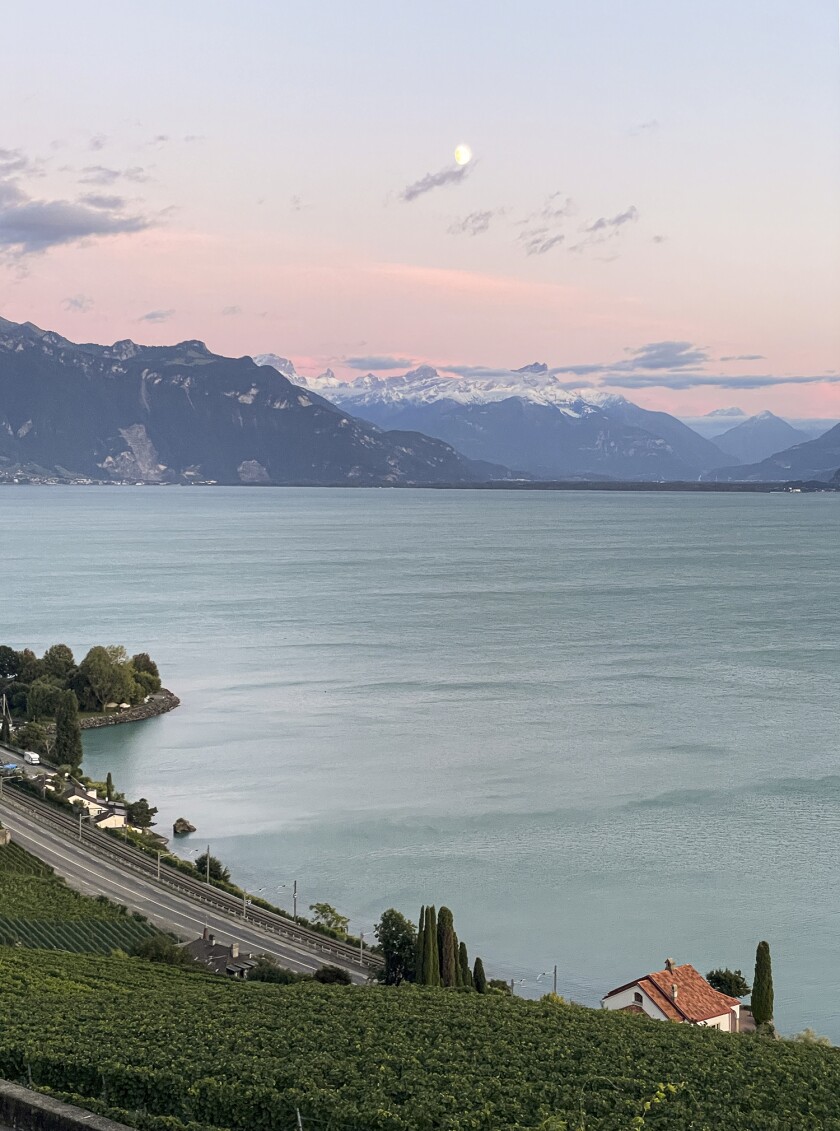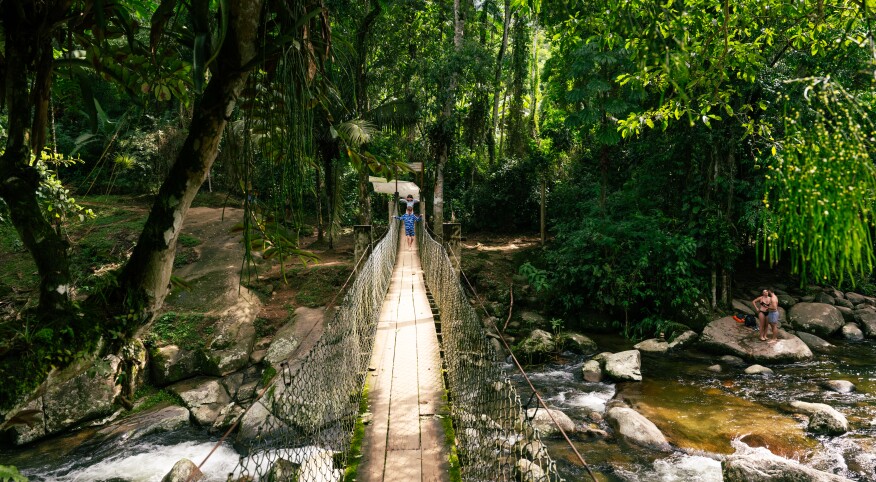Would you like to connect with other women 40+ and make new friends? Then join our new Girlfriend Social Club, a feel-good closed Facebook group, today. You'll love it!
I recently spent a weekend at a state park without Wi-Fi, the perfect opportunity to unplug and unwind. But my smartphone was glued to me the entire time. One reason: the camera app.
People have always taken vacation photos, but it was different when you had 27 exposures in a disposable camera. You had to be choosy about what you used them on, and once you were done, you tossed the camera in your suitcase and didn’t think of it until vacation was over.
Now that everyone has a camera in their pocket at all times, though, we spend almost as much time documenting our vacation as we do enjoying our vacation. According to the results of a survey of 2,000 Americans conducted by OnePoll for Mixbook, people are taking photos on their phones nearly 40 percent of the time they’re on vacation or at an event.
I get the impulse. Like 45 percent of the survey respondents, I feel like photos help me remember all the wonderful details of a trip. I don’t want to completely give that up. However, also like the survey respondents, only about one-third of my camera roll photos (if that) are actually print-worthy.
Trying to capture great shots of your vacation while relaxing is a bit like trying to enjoy a party you’re hosting. But if you can get the shot you’re going for on the first attempt, you can at least reduce the amount of time you spend behind the lens.
We asked professional travel photographers to share some light, composition, and perspective tips to help make every picture worthy of the highlight reel.
Clean your lens.
“It’s simple, but often overlooked,” says Steve Daniel, a Montreal-based photographer. “A quick wipe with a soft cloth can dramatically improve image clarity.” Wiping the lens also helps if you are in especially humid or cold places, where the lens is likely to fog up.
Be selective.

Remember, says Julie Bidwell, who has been a professional photographer in Connecticut for 30 years, “Everything doesn’t have to be documented.” Yes, it can be tempting to take a photo of your coffee in a beautiful café, but that’s a shot you could take almost anywhere. You probably already have a few on your phone right now. Focus on images that are unique to the place you’re in or the activity you’re doing — but also decide whether it’s worth fighting the crowds to get a semi-decent photo of a famous attraction that’s been photographed (and better) for every guidebook. It might help to make a shot list of any can’t-miss photos ahead of time, says Deb Sandidge, professional photographer and ambassador for Nikon.
Do a background check.
Admittedly, that viral photo of a dog squatting behind a surprise proposal is good for a chuckle, but you really don’t want your memories to be photobombed by an overflowing garbage can or NSFW graffiti. So, take note — will those beach umbrellas appear to be coming from out of the top of your family members’ heads? “Sometimes just moving to the left or right slightly can completely change a photo,” says Bidwell. Or, you can also try moving your phone up or down from eye level, suggests Gabriela Herman, a travel photographer based in Brooklyn. “Crouch down, and you get sky as a background instead of other people,” she says.
Frame someone.

Turn on the gridlines in your camera settings, suggests Jasmeet Singh, lead photographer at 415 Headshots Inc. in San Francisco. Photos often look best when the subject isn’t directly centered but instead occupies the left or right third of the frame (photogs call this “the rule of thirds”). “It makes your photos look more balanced and professional,” she says.
Double-check your dimensions.
The default camera on most smartphones is set to wide angle, which is great for landscapes, but not for portraits. You may have to rotate your phone if you’re taking a wide shot or stand back and zoom in slightly. When you take photos of people solo or in a group, make sure their entire body makes it into the frame. “Don't crop everyone’s feet off,” says Bidwell. Your phone defaults to a 4:3 ratio, but some platforms, like Instagram, automatically crop photos to be square. If you want to post a photo without losing part of it, change your phone’s settings to “square,” says Singh.
Zoom in moderation.
Smartphones have zoom presets like 1x, 2x, or 5x, says Daniel. Sticking with those will give you the best image quality. “The trick with zoom is to treat it like digital seasoning — a little goes a long way,” says photographer and videographer Mike Vannelli. “Anything beyond 2x on most phones is a pixelated mess. Instead, move your feet, not your fingers.”
Lead with light.

Natural light is the best kind for photos, but brighter is not necessarily better. Pros call early morning or late afternoon sun the “golden hour” because it's so soft and flattering. They say that cloudy days often make for great photos. “Avoid harsh backlighting and always try to face your subject toward the light source for clean, flattering shots,” says Daniel. If there is shade, make sure all your subjects are in it. If you’re shooting at night or in dark conditions, use flash as a last resort and hold the camera as steady as possible because it will have a longer exposure. “If you’re in a semi-dark setting, use the exposure setting (a circle with a plus and minus inside) to turn up the brightness of the picture,” says Singnh. “This slows down the shutter speed of your image, so you'll have to hold the camera still for 2-3 seconds, but you can get some great shots in dimly lit areas.”
Get in on the action.
Don’t get hung up on poses. “Candid shots can be nice,” says Bidwell. “People’s own natural body language is much more interesting than anything you can tell them to do, especially with kids.” A phone’s burst mode, which takes several rapid-fire shots at once, is great for action shots. To engage it, press and hold down the camera’s shutter button. And don’t forget to shoot some video as well, says Sandidge. “It gives you a sense of place and sounds to go with it for a more well-rounded experience.”
Take out the trash.
If you take 10 pictures and only one is good, immediately delete the bad ones, says Bidwell. According to the OnePoll survey, the average person has more than 3,000 photos on their phone. Weeding out doubles, shots where the subject is blinking, and other no-gos will make organizing your photos much easier and save storage space.
Get in the photo!
“Stop being self-conscious,” says Bidwell. “It will be a great memory, however you look.” If you must take a selfie, hold the camera as far away as possible while still keeping your arm out of the shot. Or, just ask someone to take your photo. It’s a good way to meet people, Herman says. Either way, the important thing is to document those moments, because you may not get the chance again.
How many photos do you have on YOUR phone? Let us know in the comments below.






